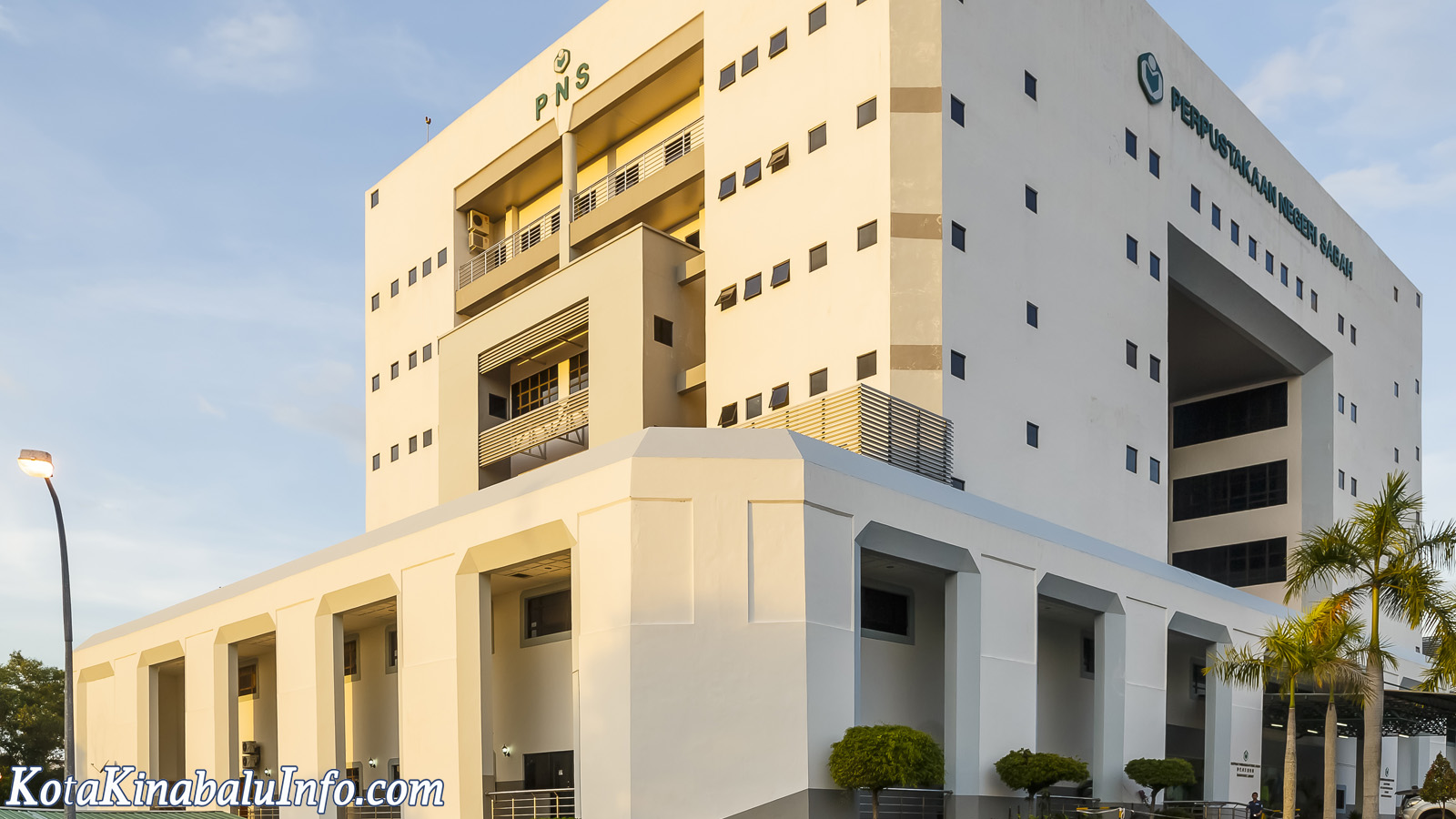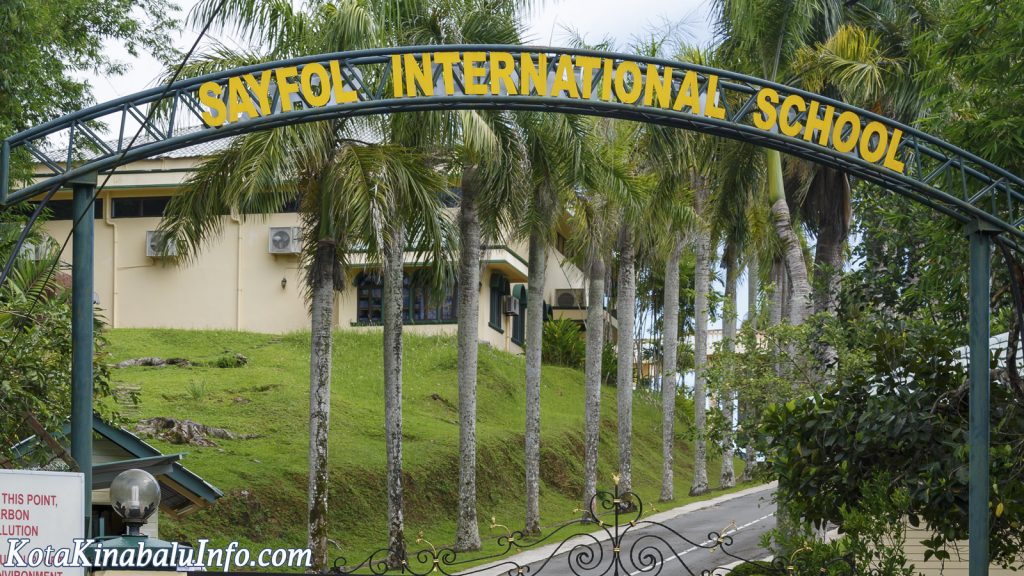Education in Sabah
Sabah is one of the two states in the island of Borneo, administered by Malaysia, the other being Sarawak. It is situated towards the north of Borneo. Apart from its scenic beauty, the state has come to be known as a hub of education in the country. It attracts students from different countries and parts of Malaysia to pursue higher education.
In recent times, Malaysia has emerged an educational hotspot. The country has adopted the mission of making itself a destination for international students in their National Higher Education Strategic Plan 2020. The education system followed here is structured and at par with western countries.
Primary Education in Sabah
Typically formal education begins for kids at the age of 3, when they start attending preschool. The first year is a playgroup while the second year is termed as kindergarten. From there on, they graduate to primary school, that lasts for 6 years. The school year is divided into two semesters, from January to end May and from early June to November. Publicly owned schools have adopted Malay as the medium of instruction. However, there are numerous English medium schools available in the state. Immigrants belonging to the Chinese and Indian Tamil community have also established schools in the neighborhood, where the media of instruction are vernacular languages.
Secondary Education in Sabah
Secondary education is usually 6 years long, lasting from Form I to Form V. Once completed, students can opt for a pre-university education of one or two years, termed as Form VI. Students in Malaysia graduate from high school at the age of 17 or 18. Depending on the course being pursued, the duration of tertiary education is decided. In general, a bachelor’s degree is three years long while diplomas and certificate courses are one to two years long.
The Malaysian Government has laid great emphasis on education and has allotted lump sums to it since the Ninth Plan. The government provides almost 95 percent of the primary and secondary education while 60 percent of tertiary education is provided by the government. The privately owned educational institutes usually offer courses ascribing to foreign systems such as International Baccalaureate. These schools are mostly attended by children of expats working in the country. The pre-schools in the country follow the syllabus prescribed by National Pre-School Curriculum. The government owned and aided schools usually follow the Malaysian National Curriculum and National Examination. The privately owned schools that follow foreign schooling system curriculum are not governed by the Education Act 1956. However, they are under the Ministry of Education.
Tertiary education is usually provided through polytechnics, community colleges and public universities. Public universities offer bachelors, masters and PhD degree programs while community colleges and polytechnics offer diploma and certificate programs. Private universities here usually include campuses of foreign universities and private colleges.
The Malaysian Qualifications Agency has ensured that the tertiary education offered by public and private universities is at par with one another. To make learning holistic, a diverse method of knowledge delivery has been adopted by the institutes that include e-learning, open learning, flexible learning, mixed learning and traditional classroom teaching. Students can opt for technical and skill building courses, twinning academic programs and locally run programs.
Sabah has a multitude of schools belonging to both private and public categories. A number of international schools, boarding schools and religious schools also dot the state. They provide quality education to the residents of the state to prepare them for a bright future. The state is also home to quite a few universities, some of which find a place among the nationally ranked institutes. They are sought after among Malaysian nationals as well as foreign applicants.


